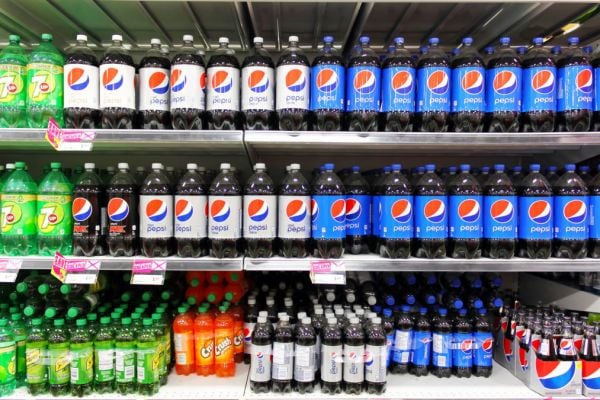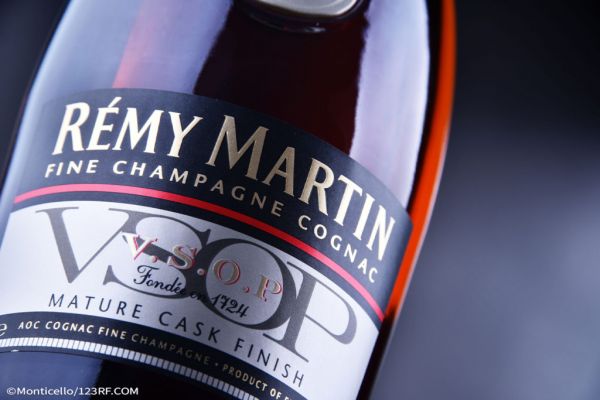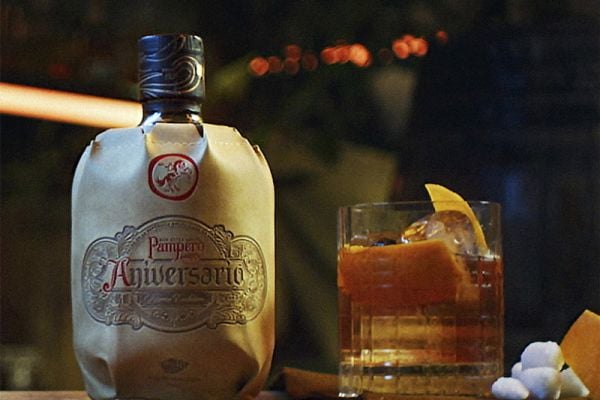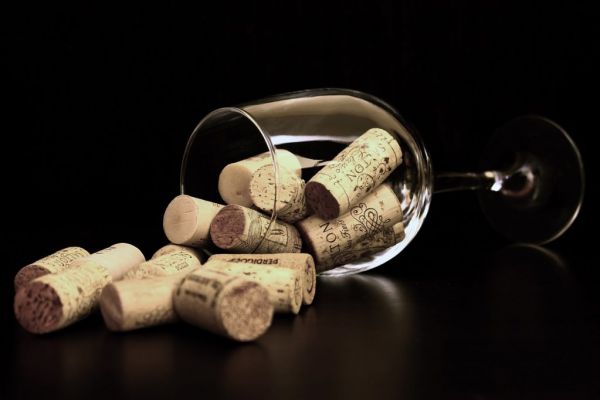Sales of carbonated soft drinks declined by close to a fifth (19.43%) in Italy, in the period from 2006 to 2016, new research has found.
According to Assobibe-Confindustria, the Italian association of non-alcoholic beverage manufacturers, the decline during that period is due to a myriad of factors, including the economic crisis and changes in consumer habits.
The decline was most pronounced in 2016, when sales fell by 4.63% compared to the previous year.
Speaking to Italian news agency Adn Kronos, the general manager of Assobibe, David Dabianko, did note, however, that the second half of 2017 saw a marginal recovery.
Lowest Consumption In Europe
The decline in soft drink consumption means that Italy now consumes fewer soft drinks per head than any other European Union market. Italy consumes 38.8 litres of non-alcoholic drinks per head, far below the EU average of 67.1 litres.
According to Canadean research, Denmark tops the list for soft drink consumption in Europe, with 106 litres per head, followed by Germany on 105 litres.
In addition to reporting a drop in sales, the Italian non-alcoholic beverage sector suffers from high taxation.
In Italy, the cost of non-alcoholic drinks is impacted by one of the highest VAT rates in the EU, 22%, compared to an average of 10%. Most other food and beverage products enjoy tax rates of 4% or 10% in Italy.
New Legislation
The sector has also been impacted by new legislation that requires the orange juice content in certain soft drinks produced in Italy to increase to 20%, up from the current 12%.
The measure is valid for soft drinks sold under the name of ‘orange juice’ or bearing names which refer to this citrus fruit. It has been developed to protect the health of consumers by promoting a healthier diet, as well as to reduce the use of artificial flavours and sugar.
Suppliers have criticised the move, saying it favours suppliers from other markets over Italian ones.
According to farmers association Coldiretti, however, an increase in the percentage of fruit in soft drinks will help save more than 10,000 hectares of Italian citrus groves, located mainly in regions such as Sicily and Calabria, resulting in the use of 200 million kilograms more oranges per year.
© 2018 European Supermarket Magazine – your source for the latest retail news. Article by Branislav Pekic. Click subscribe to sign up to ESM: The European Supermarket Magazine














